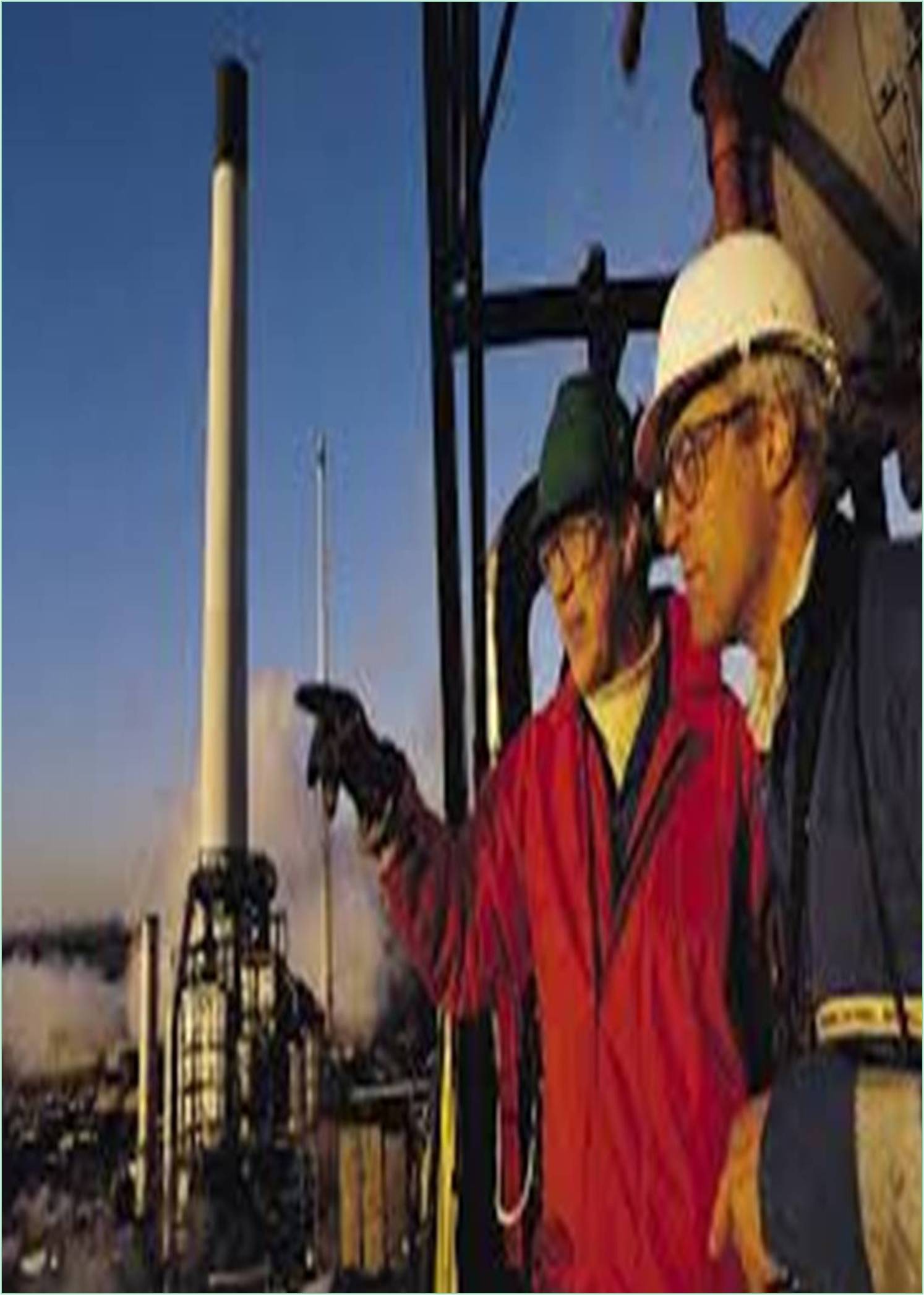



Received: 08-Apr-2022, Manuscript No. GJEA-22-64436; Editor assigned: 11-Apr-2022, Pre QC No. GJEA-22-64436 (PQ); Reviewed: 25-Apr-2022, QC No. GJEA-22-64436; Revised: 02-May-2022, Manuscript No. GJEA-22-64436 (R); Published: 09-May-2022, DOI: 10.15651/2449-1888.22.3.001
Lean construction is a production method that aims to cut costs, materials, time, and effort. The approach is to minimize the negative and increase the positive. The goal of applying lean construction concepts is to maximize a project's value and output while eliminating waste and time delays. Standard construction procedures are combined with a clear and succinct understanding of project materials and information, as well as two management paradigms, planning and control, to obtain this result. This may be difficult to comprehend, but the core of this technique is to use only what is required. This can only be accomplished through strategic planning and execution by a management team, as well as the participation and assistance of all employees.
It's essentially a system for minimizing the bad and maximizing the good. Using lean construction principles, the project's output and value should be optimized while inefficient aspects and time delays are reduced. Simply put, the essence and purpose of lean construction is to use only what is necessary and nothing more. It's also worth mentioning that no single technique to lean building exists. Building Information Modeling (BIM), the Last Planner System, and Integrated Project Delivery are some of the tools and processes that can be utilized in collaboration to accomplish lean.
Lean Construction Principles
Planning and design are the first steps in any construction project, followed by closeout. All parties carry out their responsibilities as specified in the contract. The emphasis in this construction process switches from individual stakeholders focusing solely on their tasks to all stakeholders working together as a unit. As a result, when these concepts are applied, the construction project takes on additional dimensions since parties examine the project's complete life cycle when selecting what and how to create it. These guiding principles assist construction companies in achieving cheaper costs, more productivity, shorter construction durations, and more effective project management.
Traditional building methods concentrate on what the customer wants built, specifications, and whatever is contained in the design and blueprints. Lean construction, on the other hand, adopts a different strategy. It understands that a customer's values extend far beyond the designs and specifications. Lean construction is much more than just building what a customer wants.
When preparing to undertake an activity in lean construction, a methodical strategy is employed. Following that, the parties immediately engaged agreed to complete it by the deadline. As the project progresses, everyone participates in lean construction methods to anticipate and resolve issues that could the project's completion. On a lean project, everyone is committed as soon as they sign in. Fortunately, they are aware that support is available from all sides, indicating that they are not alone.
Advantages of Lean Construction
Why is Lean construction the best way for increasing productivity while staying under budget and taking less time? Having less trash and utilizing fewer materials can help you save money. Enhanced performance due to improved communication and fewer staff Increased profitability and turn overs Improved worker accountability .Reduced worker and management stress.
Drawbacks
For this building process to be effective, all levels of management, as well as the employees, must be on board with the strategy. The lean methodology will not work if there is a break in the chain. It's not easy to get everyone on board with a new manufacturing process, and some employees may be wary of change. Management officials must be able to guide personnel directly and efficiently for successful implementation. In essence, the lean mode of operation is determined by a manager's ability to interact with his people rather than the usual procedure, and personality clashes and other challenges may develop.
Employee training and education in the lean method takes time and effort, and as previously said, some employees may dislike or struggle with change. For some managers, staying on track with a new system of operation can be challenging, and they may become irritated. Lean manufacturing requires cohesive teamwork. Because all workers rely on one another, each worker must be well-versed in his or her profession.